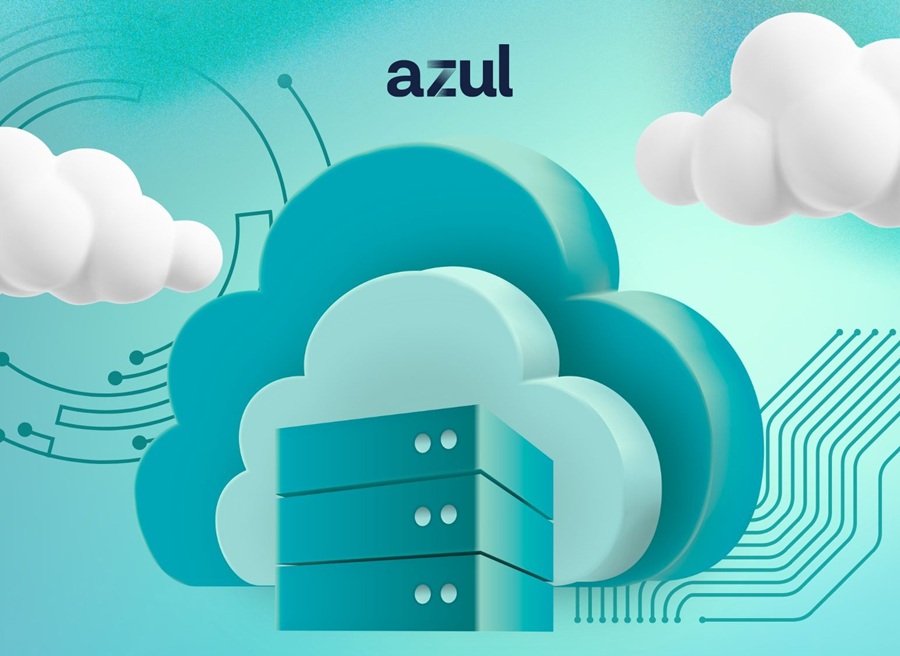
Security breaches are common today – from computer viruses, such as Bash Bug or Heartbleed, undermining the security of millions of websites, to credit card cyber theft experienced by big retailers. One effort to protect cardholder information is Payment Card Industry (PCI) Data Security Standard (DSS), which was created in October 2008 to protect personal cardholder information whenever used in a financial transaction. PCI DSS, which is applied wherever cardholder data is stored, processed or transmitted, is becoming a requirement for organizations that utilize credit cards. Failure to adhere to the PCI DSS standard can result in revocation of card processing privileges or monetary penalties. However, Application Performance Management (APM) designed to capture and retain network application transaction data, also has the potential to violate compliance. Below is an outline of the 12 requirements to be PCI DSS-compliant and how to manage APM to avoid violations.
In general, PCI DSS procedures are based on 12 requirements that fall within six categories:
BUILD AND MAINTAIN A SECURE NETWORK
Requirement 1: Install and maintain a firewall configuration to protect cardholder data.
Requirement 2: Do not use vendor-supplied defaults for system passwords.
PROTECT CARDHOLDER DATA
Requirement 3: Protect stored cardholder data.
Requirement 4: Encrypt transmission of cardholder data across open, public networks.
MAINTAIN A VULNERABILITY MANAGEMENT PROGRAM
Requirement 5: Use and regularly update anti-virus software or programs.
Requirement 6: Develop and maintain secure systems and applications.
IMPLEMENT STRONG ACCESS CONTROL MEASURES
Requirement 7: Restrict access to cardholder data by business need-to-know.
Requirement 8: Assign a unique ID to each person with computer access.
Requirement 9: Restrict physical access to cardholder data.
REGULARLY MONITOR AND TEST NETWORKS
Requirement 10: Track and monitor all access to network resources and cardholder data.
Requirement 11: Regularly test security systems and processes.
MAINTAIN AN INFORMATION SECURITY POLICY
Requirement 12: Maintain an information security policy.
Below are seven considerations when assessing which APM solution to select, in order to make sure it does not hinder compliance:
1. Do not use vendor-supplied defaults for system passwords and other security parameters
Most systems today provide default passwords, but require that they are changed upon installation and configuration. The IT team needs to ensure all components of the APM solution that track or retain customer cardholder data include strong and flexible password protection.
2. Protect stored cardholder data
There are a number of APM solutions that include packet-level storage capabilities. This functionality enables simplified troubleshooting of application and network anomalies. Depending on configuration, it could also capture cardholder data within the payload. Therefore, it is critical the data is protected while at rest or when transmitted using a strong encryption method.
3. Encrypt transmission of data across open, public networks
Whenever credit card data traverses an unsecured network, it must be encrypted. If an APM solution allows for remote console access across an open public network, verify the data is likewise encrypted.
4. Develop and maintain secure systems and applications
Two sections of this requirement do affect APM solutions: secure authentication and data encryption. A compliant APM solution needs to incorporate these attributes into their feature set.
5. Restrict access to cardholder data by business need-to-know
APM solutions that capture cardholder information must be capable of restricting access by staff to the minimum level required to perform their duties. Best-in-class APM solutions enable unique access rights to each user to ensure only select individuals have access to the most sensitive data.
6. Restrict physical access to cardholder data
APM solution components that store cardholder data must be located in secure data center locations.
7. Track and monitor all access to network resources and cardholder data
APM solutions with post-event forensic analysis can greatly enhance a company’s ability to satisfy this requirement by enabling detailed access tracking and identification of compromised data or system components.
When utilized with other enterprise system logging solutions, APM solutions can greatly strengthen an organization’s ability to satisfy this important PCI DSS requirement. When selecting APM solutions, be sure to select products that offer feature sets that satisfy PCI DSS compliance. For example, look for products that allow each user to have distinct logon identification and offer post-event forensic analysis and data-at-rest encryption. This will help ensure that your APM solution protects cardholder data while remaining in full compliance with PCI DSS requirements.



